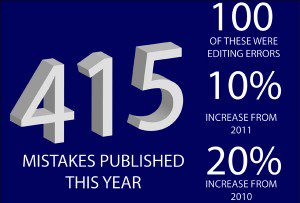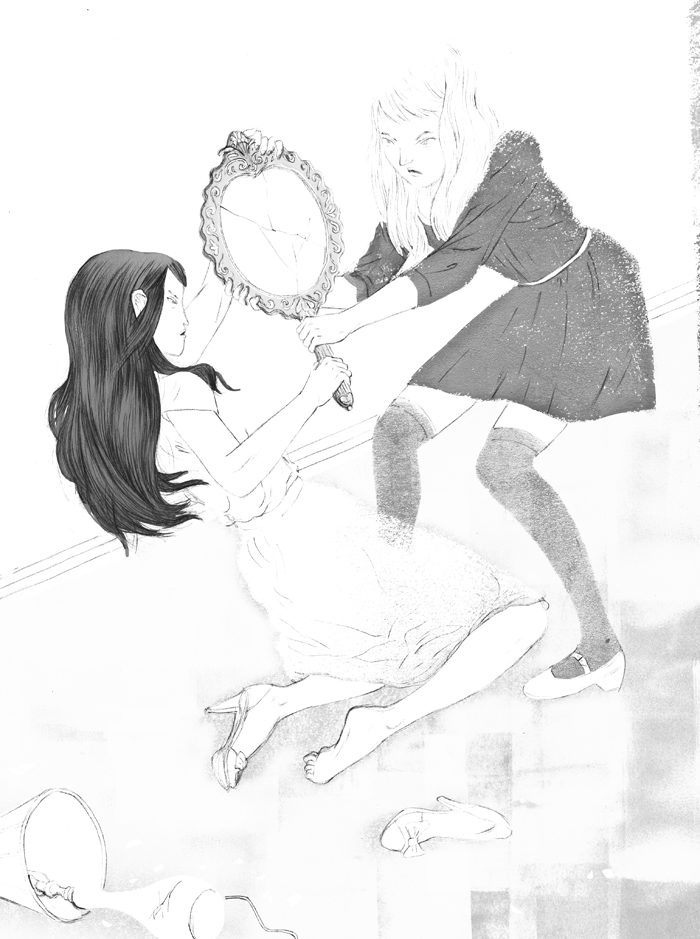Regretting the error
English says the fast-paced nature of the digital age affects the accuracy of stories, as more content is published in a shorter amount of time. This means journalists have less time, if any, to check their work for mistakes. Then there’s the lack of copy editors in newsrooms, due to downsizing. As a result, English says that readers are becoming public fact-checkers: readers (and sources cited in stories) are responsible for reporting two-thirds of the errors that lead to corrections.
According to English’s piece, a large portion of the 415 errors made by the Star were writing errors; fewer than 100 were due to editing mistakes. In the case of some reporters, especially freelance writers, juggling more than one story at a time can be a factor. As we here at the Ryerson Review know, it’s possible to get so wrapped up in the story that you overlook details—correct dates, numbers, and spellings.
We’ve also learned the hard way about using bad sources, particularly websites: you can’t take everything you read or see on the Internet as truth. Go directly to subjects for the spelling of proper names is our mantra. Then there’s the issue of dubious sources. The industry, especially in the digital space, is moving faster than in past years. This means we may not have time to confirm factual information with more than one source, so that one better be reliable.
Finally, we recognize that journalists are notorious for being math-challenged; ergo, mistakes with numbers. Recalculate everything.
Still, it is the responsibility of the journalist to double (or even triple) check her work. We, after all, work in an industry where accuracy is key. So here are our tips for spotting your own mistakes:
- Change the text size, font, and colour of names and numbers. This will trick the brain and make you unfamiliar with the content.
- Read paragraphs from the bottom up.
- Read your work out loud.
- Read each sentence out of context.
- Print the story out. It’s easier to see your mistakes on paper than it is on screen.














